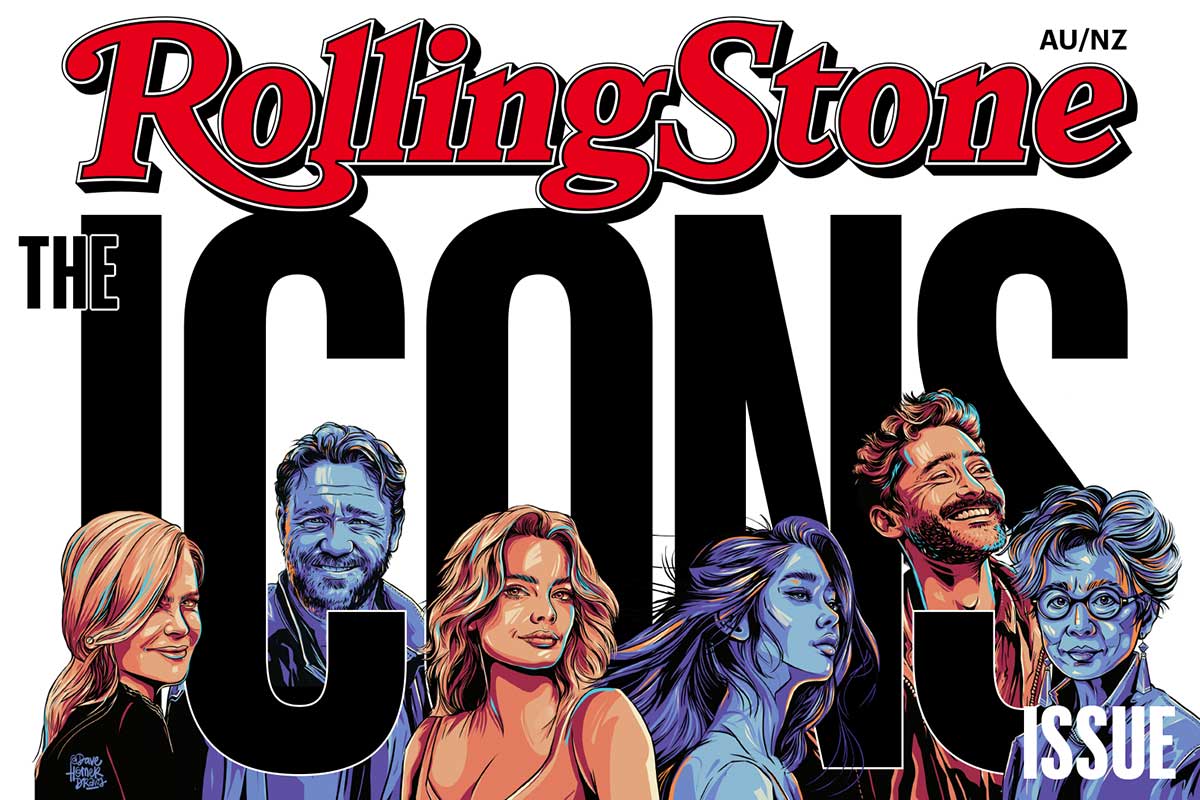Rolling Stone’s Icons Issue: An Antipodean Odyssey
What makes a celebrity an icon? It’s not just talent; it’s a magnetic charisma, enduring influence, and that unmistakable Antipodean spirit that sets them apart. In this exclusive collector’s edition of Rolling Stone AU/NZ, we embark on a journey across the Southern Hemisphere to unveil the 50 most iconic stars of Australia and Aotearoa.
In the realm of music, we delve deep into the anthems that have resonated with Aussies and Kiwis for generations. From a rock god who’s electrified stages to a pop princess who’s touched our hearts, we explore the artists who’ve woven themselves into the fabric of our unique pop culture — a culture that continues to cross borders.
The silver screen has its own share of luminaries, those who’ve left an indelible mark on our screens, and in many cases, around the world. We celebrate the actors who’ve made us laugh, cry, and question, as well as those whose career-defining performances have become timeless classics.
And let’s not forget the comedians who’ve had us in stitches, revealing a unique and homebrewed brand of humour, reflective of our local sensibilities. Their laughter echoes through the comedy clubs and airwaves, connecting us all in shared hilarity.
These names of these 50 icons are etched into the cultural history books — here and abroad — and continue to inspire the next generation of icons.

Deborah Mailman
By: Sosefina Fuamoli
Deborah Mailman is the definition of an Australian trailblazer. A prolific character actor, her name is an instant point of reference when it comes to enduring success stories in the film and television industry.
Mailman's success on television (The Secret Life Of Us, Offspring, Total Control), and in film (The Sapphires, Bran Nue Dae, Rabbit-Proof Fence) proved as early examples of Blak excellence. Her endearing, yet strong presence on-camera demanded viewers’ attention and turned industry heads early, and rightfully so.
Able to match nuanced, delicate performances with an almost cutting indomitable strength, depending on role and emotional turn, Mailman’s ability as a performer across genres easily puts her in the same lane as peers like Cate Blanchett and Rachel Griffiths.
As the first Indigenous Australian actress to win the Australian Film Institute (AFI) Award for Best Actress in a Leading Role, Mailman has been a respected and revered name in the Australian industry for over two decades — and she hasn’t once rested on her laurels.
Her versatility as a performer has led Mailman to a variety of roles over the years; some productions challenging in tone, others simply wildly entertaining and offering the viewer a means of escape. As part of productions that have defined local cinema and television, Mailman is a figure associated with the development of some of our most memorable works.
Whether it is in how she attacked the role of Alex Irving in the addictive series Total Control; how her natural warmth came through in the animated series Little J & Big Cuz; or how her presence refused to be dimmed in the acclaimed Mystery Road, Deborah Mailman has proven time and again that she is a bonafide screen goddess, one of the best actors this country has produced.
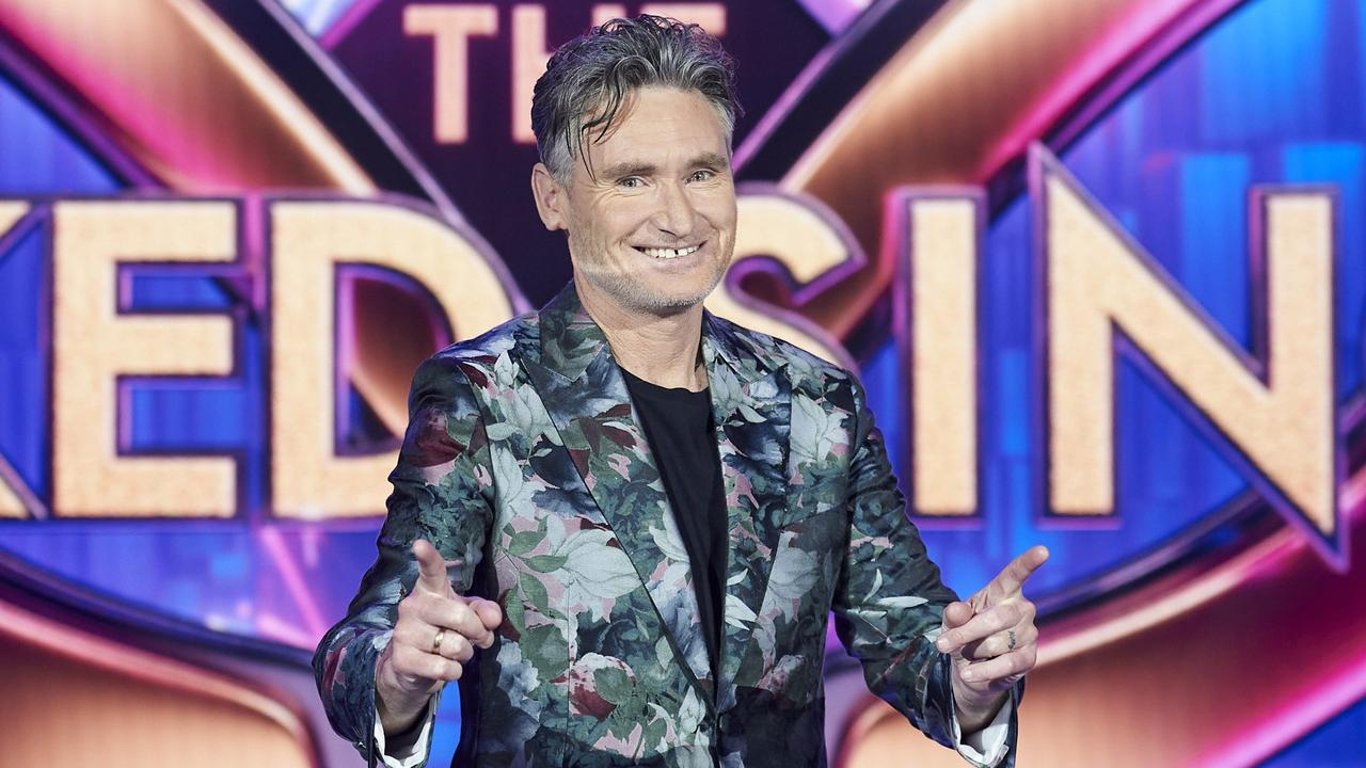
Dave Hughes
By: Zanda Wilson
Dave Hughes has been synonymous with the Australian comedy scene for almost two decades.
Though he’s toured various stand-up shows since he was just twenty-two, it’s been in television and radio that ‘Hughesy’ really cemented himself as one of the best-known personalities this country has ever produced.
He’s been a staple of the Aussie commercial radio scene since he made his radio debut on Nova when the station launched in Melbourne in 2001, teaming up with Kate Langbroek and Dave O’Neil for Breakfast. Over the years that followed, the Hughesy and Kate show would become one of the best-known and most successful in Australian radio, airing at various times on ARN’s KIIS Network and SCA’s Hit Network over the next two decades. Hughesy has co-hosted the 2DayFM breakfast slot since 2021.
But television is where Hughes has been most prolific, with his breakthrough alongside Wil Anderson and Corrine Grant on ABC cult classic comedy talk show The Glass House in 2001. Since then, his inimitable Aussie drawl and quick wit has seen him work on and co-host successful commercial shows including Rove, The Project, Australia’s Got Talent, Hughesy We Have A Problem, and most recently on The Masked Singer Australia.
That’s not to take anything from his standup career, which continues to this day. Hughes regularly plays local and international comedy festivals, although he was more prolific in his earlier days. In 2007, his performances earned him an ARIA for Best Comedy Release for his show Live.
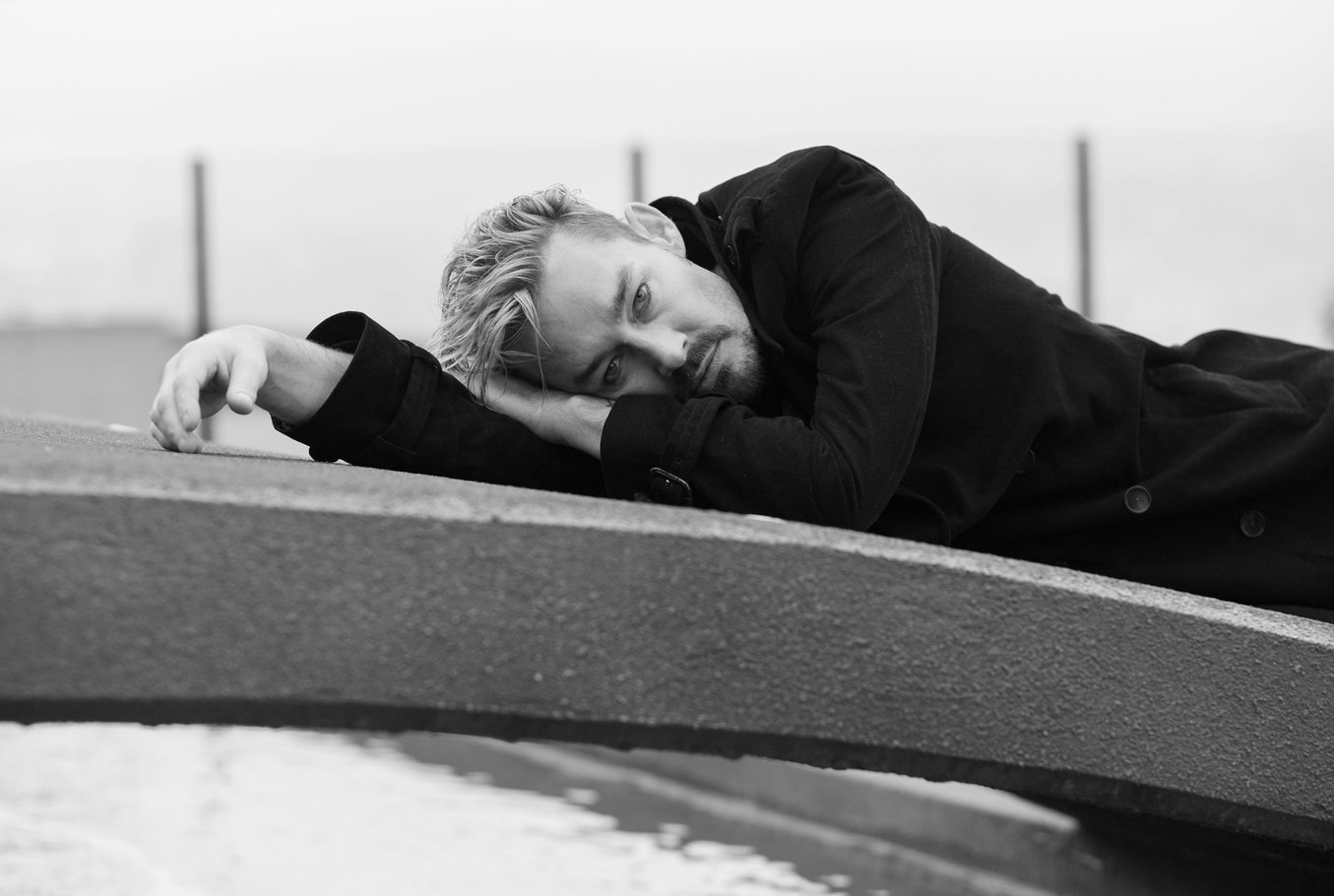
Daniel Johns
By: Sosefina Fuamoli
Much has already been said about Daniel Johns’ broad songwriting talent.
As a teenager, his voice spoke to a cultural movement that had begun picking up speed in the years he was entering adolescence — it wasn’t long before his outlook and unmistakable snarl lead the early days of Silverchair to become synonymous with a decade-defining wave of teen angst. As his world view developed and more intriguing creative influences began to bleed into his journey to adulthood, the evolution of Johns as a musician became far more interesting than the tabloid labels attributed to the young rock god.
An intense lyricist and storyteller, Johns’ ability to capture, charm and arrest the attention of a listener has remained second to none. It’s why you’ll find distinctly different albums that pad out his legacy, with fiercely passionate fans riding for each one, for different reasons.
Shifts in songwriting and musical style showed Johns’ boldness in chasing new ideas and direction. The grit of Frogstomp and Freak Show wound up fitting foils to the cinematic builds of Neon Ballroom; the heady romanticism of Diorama and the forward-thinking pop masterpiece that was Young Modern.
At the core of such different sounding bodies of work sits an unshakeable desire for something more. The Daniel Johns we heard across the years was a young person caught in the eye of a creative hurricane, and from it he produced some of this country’s best work.
His story, though not without its challenges, is one of triumph and self-awareness. As proven with the release of 2022’s FutureNever, the unpredictable journey to artistic and personal fulfilment has never stopped. What makes Johns remain such an interesting and potent force of musicianship is the fact that he knows his creative path is open to, and always embracing, something new.

Dame Hinewehi Mohi
By: Martyn Pepperell
A keeper of the language, Dame Hinewehi Mohi grew up in Hawkes Bay, deeply immersed in the beauty and history of te reo MÄori. In the early Eighties, the singer-songwriter, musician and television producer studied under the MÄori language experts Te Wharehuia Milroy, Sir TÄ«moti Karetu and Dr Hirini Melbourne, before joining a generation of socio-politically aware MÄori women — including Moana Maniapoto — who brought te reo MÄori and taonga puoro (traditional MÄori instruments) into the mainstream by combining them with hip-hop, pop and dance music.
In 1999, she teamed up with Jaz Coleman from the UK post-punk band Killing Joke to unveil Oceania, a duo project where they combined traditional MÄori music with electronica and dance-pop. That year, Mohi was invited to sing before an All Blacks game at the Rugby World Cup. In front of an estimated 100 million people worldwide, she sang in the New Zealand national te reo MÄori. At the time, mainstream media reactions to her stirring performance often carried a not-so-subtle racist subtext or, even gallingly, an overt sting. Regardless, Mohi and Coleman’s Oceania album went on to become a double-platinum success, and bilingual performances of the national anthem quickly became standard. To this day, Oceania’s “Kotahitanga” maintains an enduring power on the dancefloor.
Four years on, Mohi, her husband George Bradfield, and music executive Campbell Smith established the Raukatauri Music Therapy Centre. Named after her daughter Hineraukatauri, who was born with severe cerebral palsy, the centre provides musical therapy to individuals with special needs. In 2019, twenty years after the 1999 Rugby World Cup, Mohi led the Waiata / Anthems project, where the likes of Bic Runga, Six60 and Drax Project re-recorded their biggest songs in te reo MÄori. Two years later, as part of the 2021 Queen's Birthday Honours, Mohi was awarded the title Dame Companion of the New Zealand Order of Merit for her services to MÄori music and television.
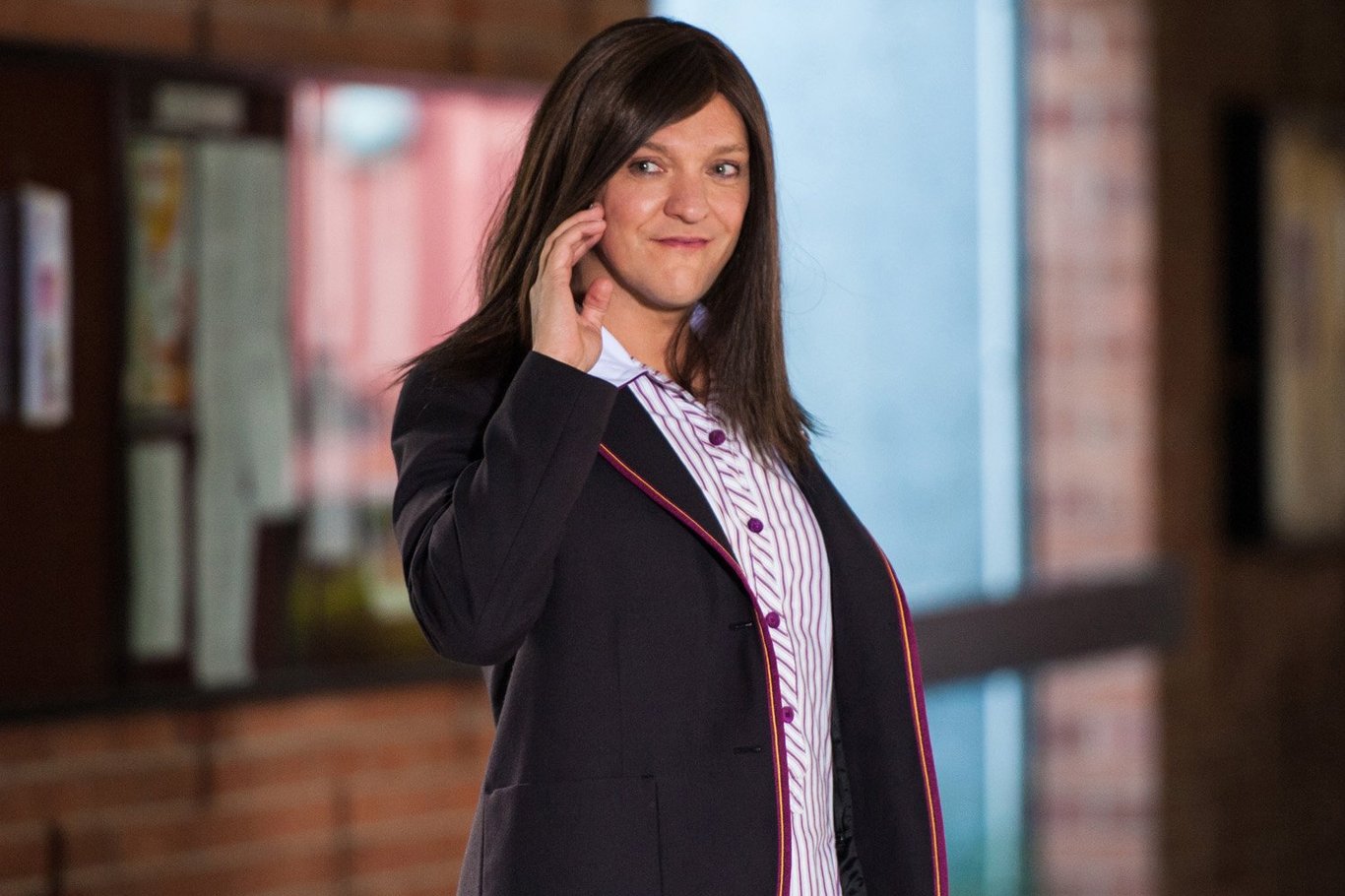
Chris Lilley
By: Kasumi Borczyk
Chris Lilley, Australia’s finest comedic multi-hyphenate, has never shied away from courting controversy. In fact, Lilley has basically elevated controversy into an art-form.
Single-handedly responsible for inventing some of the most memorable characters in our nation’s television history, from Pat Mullins to Mr G to Ja’mie to Jonah, Chris Lilley captures the idiosyncrasies of growing-up and living in Australia. In We Can be Heroes, Summer Heights High, Angry Boys, Ja’mie: Private School Girl, Jonah from Tonga and Lunatics, Lilley has perfected a particularly Australian brand of cringe comedy in which his rotating cast of rag-tag protagonists overstep boundaries and break social norms. What Lilley’s fans love most about his characters, is that they capture something true to life — that he’s able to uncannily adopt the mannerisms, gait and speech inflections of an Asian tiger-mum or a Gold Coast real-estate agent or an overly-camp drama teacher. Far from being an attack on the people that he impersonates, Lilley is a humanist at heart and his character studies require a lover’s eye to capture all the subtleties that render them so true to life. There is, of course, no escaping the charges laid against him: of racist impersonations and homophobic remarks, but his characters are terrible representatives of themselves. In other words, Lilley treats everybody that he plays equally poorly, and there-in lies his genius. No matter the race, gender or sexual orientation of his characters, they all share in common a kind of narcissistic egotism that blinds them to their own flaws and to the social awkwardness they provoke. In a way, the extended universe of Chris Lilley levels out all the pretensions and grand delusions that we hold so dear. He holds up a mirror to how equally shit we all really are, and we love him all the more for it.

Chris Hemsworth
By: Fiona Connor
No barrier seemed too great for Chris Hemsworth to make it as an actor in Hollywood — of course it must have helped being armed with good looks and Aussie charm. But his on-screen presence doesn't just ooze sex appeal and confidence, the heartthrob boasts an evident passion for his craft which creates a captivating presence adored by fans around the world.
While he was born in Melbourne, Hemsworth's family spent time between Victoria, Phillip Island and the outback in the Northern Territory's Bulman where he played on cattle stations surrounded by crocodiles and buffalo. He cut his teeth in the acting world with his first major role as Kim Hyde on Home and Away from 2004 to 2007, putting him on the map across Australia where he appeared on Dancing With The Stars in 2006. His big break came just a few years later when he appeared in the science fiction hit Star Trek (2009), but it was his posting as Thor (2011) in the superhero blockbuster which secured his A-lister status. The gig saw him reinvent his physique, sculpting his figure to showcase high definition muscle to heighten the character's magnetism — a result which saw him hailed as Sexiest Man Alive by People Magazine in 2014. He reprised the character in four The Avengers spin-offs on top of the four Thor releases. In his downtime, Hemsworth is a keen surfer, having been on the water since he was ten years old. He hosts the likes of donkeys, fish, rabbits and chickens at his Byron Bay home where he's in good company with his Spanish actress wife Elsa Pataky and their three kids. In 2021, he was appointed a Member of the Order of Australia as part of the Queen's Birthday Honours.

Cate Blanchett
By: Alice Clarke
When Cate Blanchett takes on a role, she doesn’t just put on the costume and act the part; she imbues each character with their own unique soul.
This is perhaps most clear when she embodies her least likeable characters, Phyllis Schlafly in Mrs America is a good example. Blanchett’s unflinching portrayal somehow made anti-equality campaigner Schlafly one of the most relatable and understandable characters in the program. Each carefully, semi-concealed emotion of Blanchett’s performance brought the viewer inside this woman’s mind and reasoning, and it was hard not to find yourself rooting for her at times, even when it’s your very existence the real person actively campaigned against. It’s also hard to go past Blanchett’s mind-bending portrayal of Lydia Tár in Tár.
It would be fair to say Blanchett is perhaps the best actor Australia has ever produced, and she’s certainly one of the world’s finest living actors. This could be measured by her many honours, awards and nominations (including two Academy Award wins from eight nominations, four BAFTA wins, a Companion of the Order of Australia, a star on the Hollywood Walk of Fame, and three honorary doctorates), or just by simply watching any of her performances.
Her career started in 1990 as an extra in an Egyptian film, but her first real role was on stage, opposite Geoffrey Rush for the Sydney Theatre Company — a company she would later be tapped to lead as co-CEO and co-artistic director with her husband, Andrew Upton, from 2008-2011. Her breakout role, though, was as Elizabeth I, in Elizabeth, the film that earned her her first Academy Award nomination for Best Actress.
She clearly has the range, as they say; her performance in Elizabeth earned her the respect of film buffs, her turn in The Lord of the Rings got the nerds on side, and her enigmatic role as Carol in the film Carol garnered the undying loyalty of lesbians around the world.
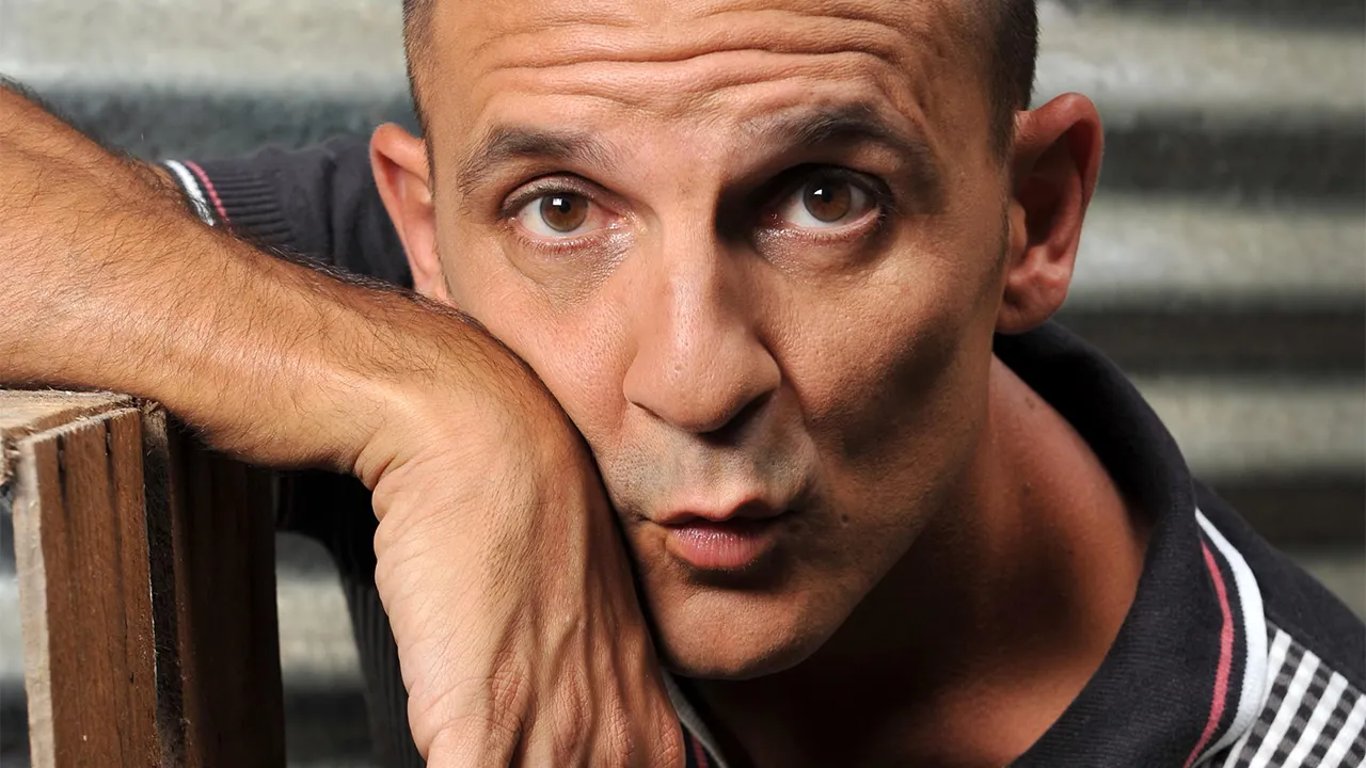
Carl Barron
By: Zanda Wilson
Carl Barron has built one of Australia’s most enduring careers in comedy, thanks largely to his ageless on-stage presence as the most average Aussie bloke imaginable.
Remarkably, 2023 represents thirty years since he cracked the scene, winning Best Up and Coming Talent in 1993. The son of a sheep shearer in Longreach, Queensland, Barron’s first career was as a roof tiler on the Gold Coast. He moved to Sydney and not long after walked onto the comedy stage at the Harold Park Hotel one night — and has never looked back.
Barron has made countless TV appearances in commercials and on TV shows, has twice been nominated for the ARIA for Best Comedy Release, and still regularly tours Australia, as well as performing at major comedy festivals globally. He was particularly prolific in the 2000s at the height of DVD popularity, having released Australia’s highest-selling stand-up comedy DVD for Carl Barron Live.
His ability to poke fun at the most mundane parts of life is Barron’s best quality. Jokes about why he hates running and what old blokes look like when they’re walking around are always delivered alongside a series of perfectly executed, eye-popping facial expressions, with the physical aspect of his standup crucial to his style. Unlike a smattering of his peers who emerged in the Nineties, most of these still land today. Barron doesn’t need to use offence or shock to be funny — a testament to his natural style and ability as a comedian.
Barron’s observational style of humour has served him in fantastic stead over the course of his career, which despite spanning multiple eras of comedy, is just as popular today, as his ability to continually sell out his mammoth live tours attests.
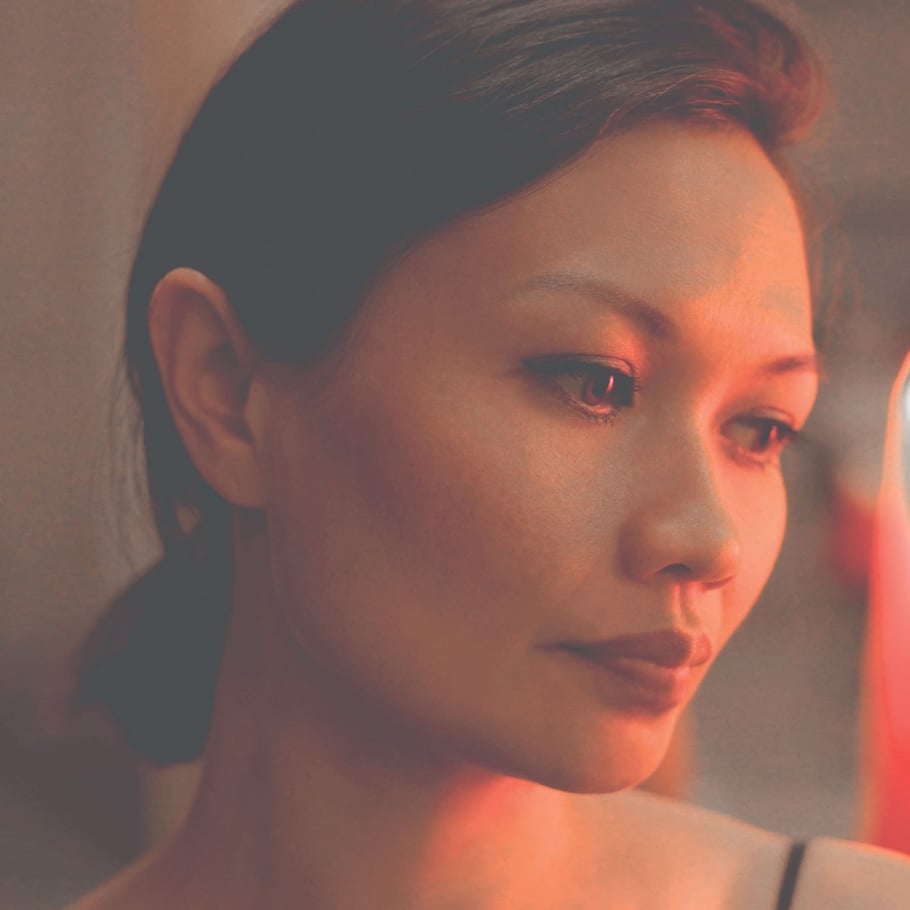
Bic Runga
By: Martyn Pepperell
Near the end of September, Bic Runga MNZM and her musician partner, Kody Nielson, took to the stage at the Rolling Stone Aotearoa Awards in Auckland.
After accepting the 2023 Rolling Stone Icon Award, the singer-songwriter, multi-instrumentalist and producer performed her breakout single “Sway”. Singing with her rare blend of sensitivity and strength, Bic Runga collapsed time and place, transporting the audience back to 1997, when the song’s pop-rock classicism, romance and heartbreak were inescapable across New Zealand. Two years later, “Sway” was featured in the blockbuster US coming-of-age films American Pie and Cruel Intentions, introducing her masterful songcraft to listeners across the globe.
The youngest daughter of a MÄori soldier and a Chinese Malaysian lounge singer, Bic and her musician sisters Boh and Pearl grew up in Christchurch. In 1995, aged nineteen, she relocated to Auckland to pursue music. Success came calling quickly, leading her on a journey through New York, London and Paris before returning home. Along the way, Bic toured America, shared stages with New Zealand legends Tim Finn and Dave Dobbyn, and continued to pen eternal anthems like “Something Good” and “Winning Arrow”. In 2019, she released the stunning “Haere Mai RÄ”, a te reo MÄori version of “Sway”. More recently, she’s been working with the songwriter organisation APRA to help support future generations of musical talent.
In the twenty-eight years since her first EP, Bic has had almost every musical accolade in New Zealand bestowed upon her, from the Silver Scroll, induction into the New Zealand Music Hall of Fame, and a record-breaking twenty Aotearoa Music Awards. Fittingly, her debut album, Drive, and her second album, Beautiful Collison’s respective sales sit at seven and eleven times platinum. Bic has achieved a rarified level of critical acclaim and commercial success, all without letting go of herself.

Angus Young
By: Fiona Connor
Captivating crowds with his schoolboy-uniform apparel, impressive guitar licks and animated enthusiasm, Angus Young encompasses every sense of a true rockstar as part of one the most celebrated bands in history.
Formed in 1973 by Angus Young and his brother Malcolm, AC/DC took the world by storm with their power-laden anthems, creating iconic tunes like “Thunderstruck”, “T.N.T.”, “Back In Black” and “Highway to Hell” by fusing rock with metal and blues. They created a signature sound that captivated a generation of listeners, and even today the tunes live on as party staples, decades after they were first released. Their electric flare saw the band praised as some of the genre's greatest and most influential artists including an induction into the Rock and Roll Hall of Fame in 2003. With so much global success behind them, it may be easy to forget that the band first emerged out of Sydney. Though originally born in Glasgow, Young moved with his family to the warmer climates of New South Wales when he was just eight years old. He'd already been playing around on the guitar for a few years, teaching himself on a second-hand acoustic his mum had bought, and learning from his older brothers. Angus was still a teenager when he and his brother formed AC/DC. In an interview with Rolling Stone AU/NZ in 2021, he said it was all about driving people to listen to the genre. "AC/DC was never about a message or a statement," he explained. "Our only message was that we want more people tuning in to rock music." While Malcolm passed away in 2017, the band has continued on, releasing their seventeenth studio album in 2020. Young has previously praised his brother as one of his biggest influences.






























